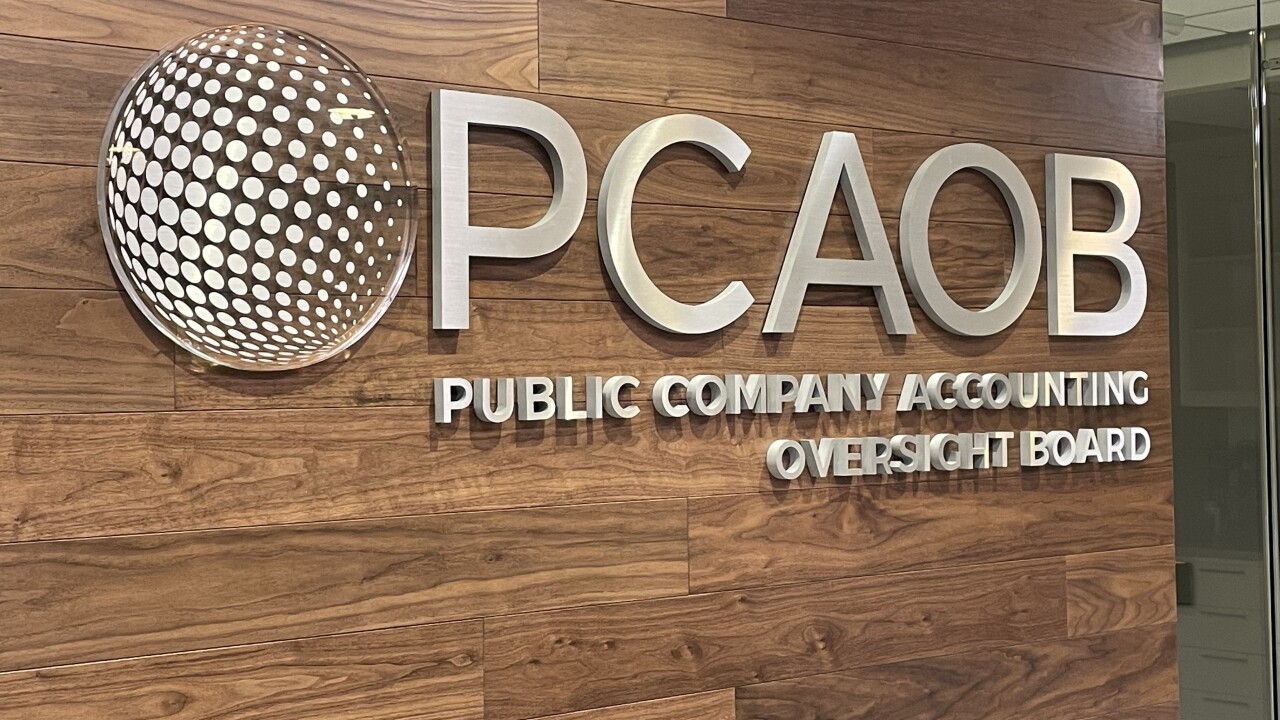Accounting and advisory firm Marcum LLP has introduced the Marcum Commercial Construction Index, a quarterly index that will track the performance of the U.S. commercial construction industry.
Marcum's Construction Services Group provides accounting, audit, consulting and taxation services to construction clients ranging from startups to multi-billion-dollar enterprises. The initial edition index found that total nonresidential structures investment declined 4.4 percent in the third quarter of 2012, despite 2 percent annualized growth in the national economy during the period. Year-over-year nonresidential construction spending in the third quarter rose a modest 2.6%, well below the more than 19 percent growth in residential construction. The index can be viewed in its entirety at
"Despite 13 consecutive quarters of economic growth, nonresidential construction has not been among the sectors experiencing meaningful recovery. The agonizingly slow recovery in nonresidential construction spending is attributable to many factors, including fiscal cliff fears, tight credit, cautious developers and stubbornly high vacancy rates in many market segments," said Marcum chief construction economist Anirban Basu, who is also chief economist for the Associated Builders & Contractors organization. "On the brighter side, the latter half of 2013 could be surprisingly good if Washington is able to successfully navigate the nation past the fiscal cliff, given the large volume of construction projects that were put on hold over the course of 2012."
Three sectors of nonresidential construction spending demonstrated rapid recovery year-over-year, the index found.
Lodging construction rose 25.0 percent, although investment was down slightly (2.7%) from the second quarter of this year.
Power industry construction rose 19.2 percent and transportation construction increased 11.0 percent in the third quarter. Many of the nation's largest ongoing construction project fall with these categories, including Chicago O'Hare International Airport's modernization program ($8.8 billion), the Dulles Corridor Metrorail Extension Project in Washington DC ($6.2 billion), the Alaskan Way Viaduct project ($3.1 billion), and Shepherd's Flat Wind Farm in Oregon ($2.0 billion).
In contrast, public nonresidential spending declined 0.8 percent in the third quarter. The sectors primarily associated with state and local government capital funding experienced the greatest decreases, including water supply (12.7 percent), conservation and development (6.5 percent), education (3.2 percent), and highway and street (2.2 percent).
Regionally, the western United States was among the best performers in terms of rising construction volumes, including Los Angeles, Phoenix and Las Vegas. This was offset by dissipating momentum in the southern U.S., due to a slowdown in industrial production, particularly in Alabama and Mississippi.





